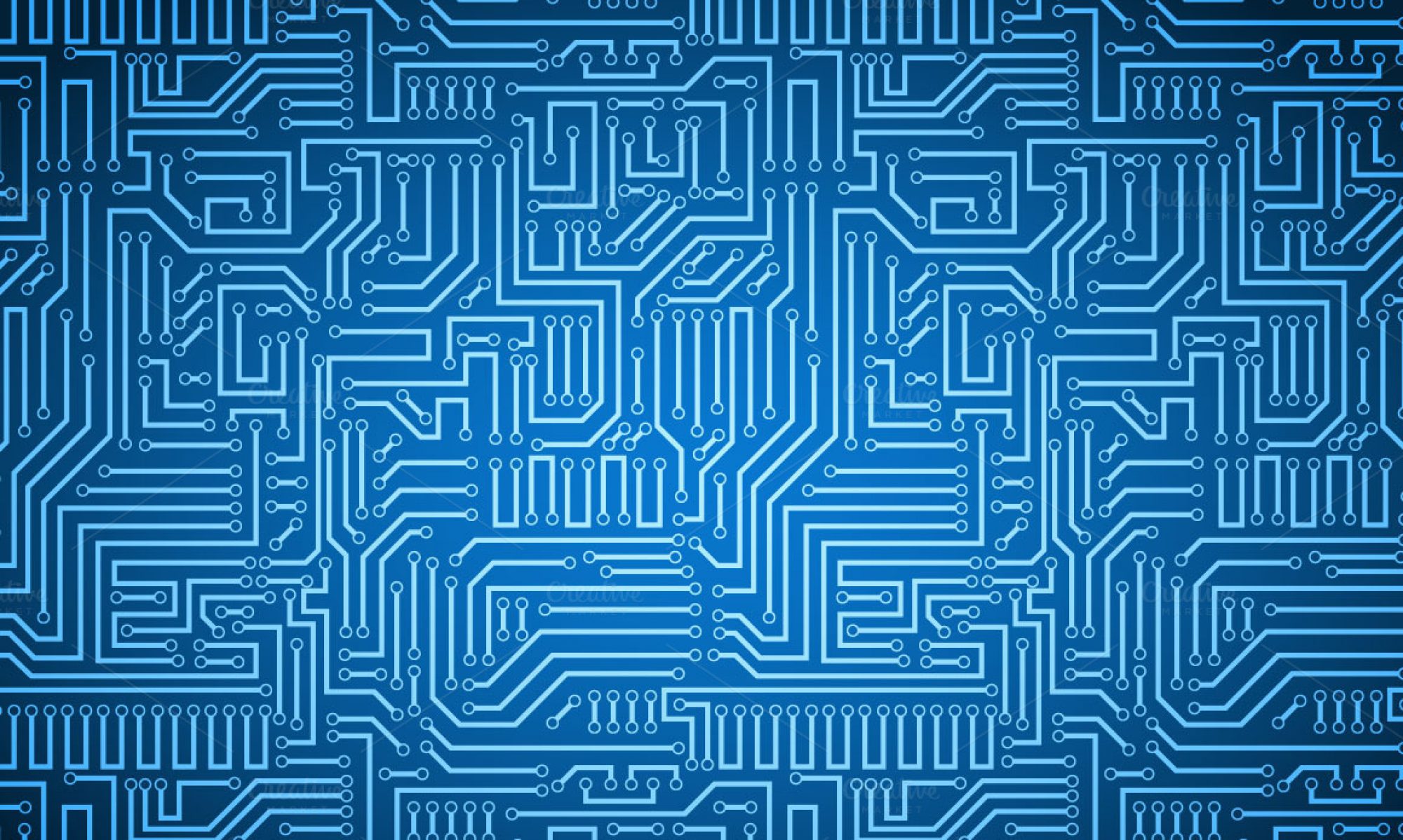Fourier Ptychographic Microscopy is a super-resolution imaging technique. It uses many low resolution images of an object to generate a single high resolution composite.
A microscope’s space-bandwidth product describes the relationship between resolution and field of view. A good space-bandwidth product allows the microscope to simultaneously display detail and context — a valuable quality in biomedical and other microscopy. Space-bandwidth product is expensive and difficult, sometimes impossible, to enhance through physical alterations to the magnifying lens. Instead, computational techniques like Fourier Ptychography enhance resolution in post-processing.
Fourier ptychographic microscopy (FPM) is implemented by replacing the light source of a standard bright field microscope with an LED array. Single LEDs are sequentially illuminated. One low resolution image of the sample is collected for each LED. After all of the images are collected, the FPM reconstruction algorithm iteratively combines the Fourier space of the low resolution image stack. The result is a high resolution image that retains the wide field of view of the low resolution stack.
The greatest drawback of FPM is its time-intensiveness. Creating the low resolution image stack requires collection of dozens of images, which can be impractical. To enhance the usefulness of Fourier Ptychography, the data collection phase must be made faster.
